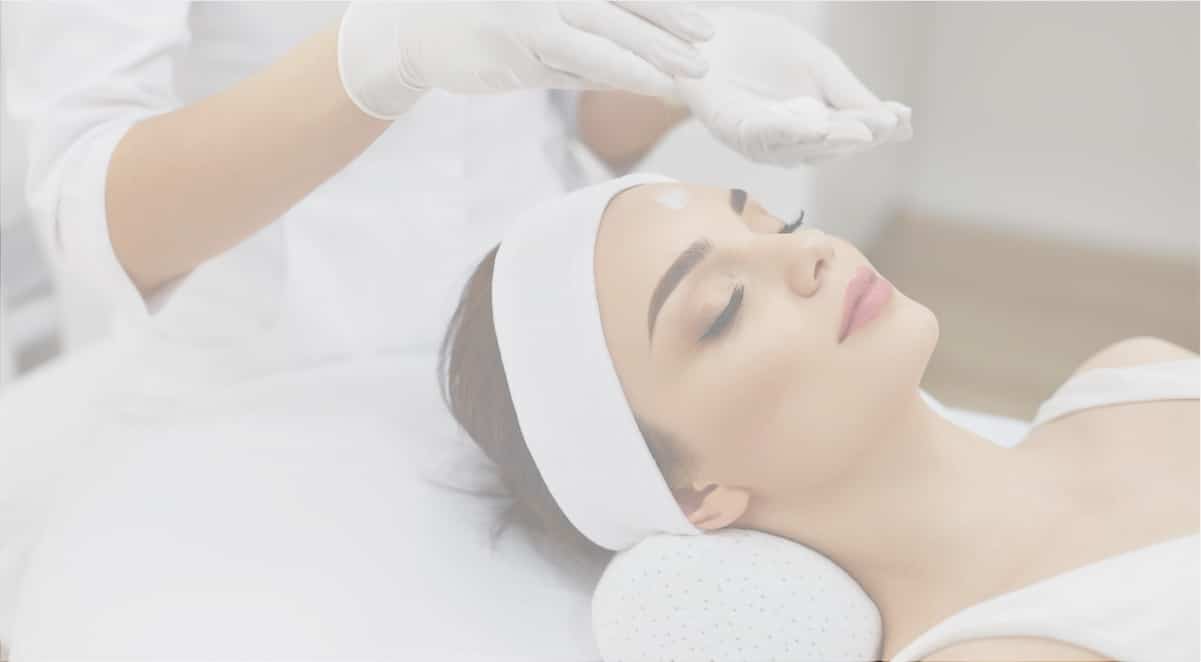
Also known as seborrheic verruca, most people will develop at least one seborrheic keratosis during their lifetime. They can occur practically anywhere, but seborrheic keratosis most often appears on the face, neck, back, or chest. Fortunately, the lesions are benign and don’t become cancerous. They are more common as you get older. They are also more common during pregnancy or after estrogen replacement therapy. Fortunately, seborrheic keratosis treatment is not necessary in most cases.
Seborrheic keratosis is characterized as brown, black or yellow growths that grow singly or in groups and are flat or slightly elevated. They are often somewhat waxy and scaly. Often, they are mistaken for warts. People with dark skin also get seborrheic keratosis, but the lesions tend to be small and appear around the eyes.
To give you some idea of what seborrheic keratosis looks like, you can view this image published by the Centers for Disease Control. That said, unless you’re completely sure that a skin lesion is seborrheic keratosis, it’s a smart idea to get it looked at by a dermatologist.
Generally, no treatment is required unless the growth becomes irritated from chafing against clothing. However, because it looks similar in appearance to precancerous growths (actinic keratosis), your dermatologist will likely biopsy the tissue to confirm the diagnosis.
The Skin Care Center of Southern Illinois can evaluate all your skin spots at once with a screening exam. You can make sure your free from skin cancer and figure out whether any treatment is needed at all for your skin blemishes. Especially if the lesion(s) is on the face or neck, some people also elect to have their seborrheic keratosis removed for cosmetic reasons.
Seborrheic keratosis removal is not to be attempted on your own, as there is a very real possibility of infection. Self-care is limited to monitoring and seeking out treatment from a dermatologist. If a seborrheic keratosis becomes irritated or unsightly, removal is conducted using one of these three methods:
Even if you have no cosmetic skin care concerns, know that many people throughout southern Illinois struggle to tell the difference between benign keratosis and something more threatening.
If you are interested in an evaluation by one of our board certified medical dermatologists, schedule an appointment by using our Contact page.